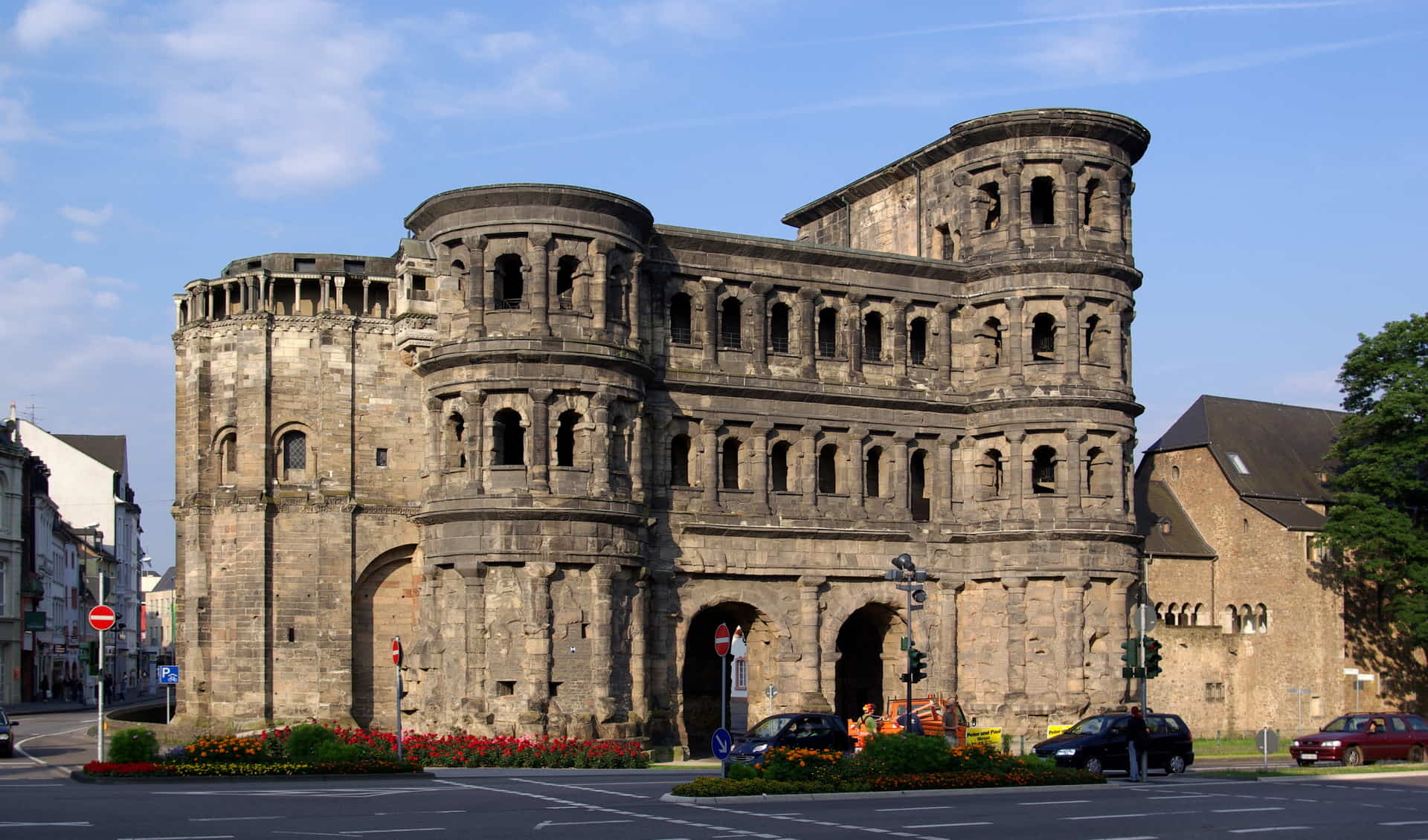The Porta Nigra, a colossal Roman city gate in Trier, Germany, stands as a testament to ancient engineering and architectural prowess. This UNESCO World Heritage Site, whose name translates to "black gate" in Latin, has captivated visitors for centuries with its imposing presence and rich history. Built after 170 AD, the Porta Nigra is not just a relic of the past but a living monument that continues to inspire awe and wonder.
As the best-preserved Roman city gate north of the Alps, it offers a unique glimpse into the Roman Empire's influence on Germanic lands. The Porta Nigra's enduring allure lies in its ability to transport visitors back in time, allowing them to walk in the footsteps of Roman centurions and medieval monks alike.
Highlights
- Most giant Roman city gates north of the Alps
- Transformed from gate to church and back again
- Offers panoramic views of Trier from its upper levels
Contents
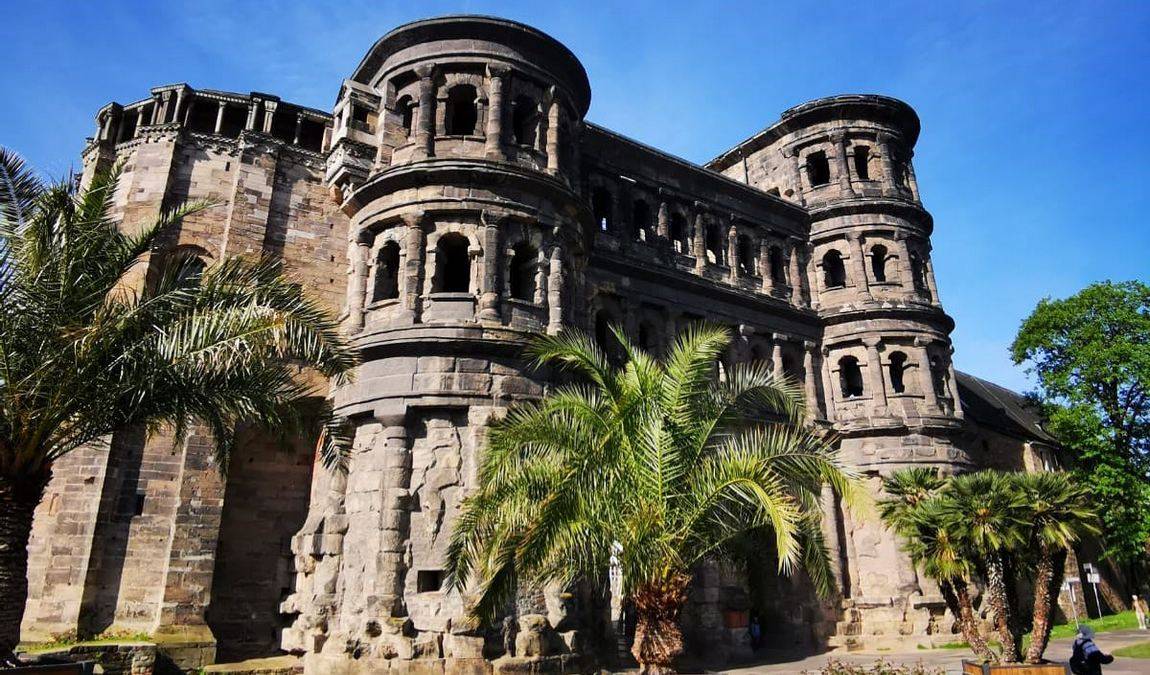 Photo: facebook.com/triererleben
Photo: facebook.com/triererleben
Here is Why Your Kids Will Find it Interesting
Porta Nigra is worth visiting with kids aged 7 and up because it sparks their imagination and brings history to life. Children can explore the massive stone structure, climbing its ancient stairs and peering through windows that once watched for approaching enemies. The gate's transformation from a Roman fortification to a medieval church and back again tells a story of change that kids can quickly grasp. Young history enthusiasts will be thrilled to touch the exact stones that Roman soldiers and medieval monks once did, creating a tangible connection to the past that textbooks can't match.
Family-friendly features
- Multimedia guide bringing the gate's history to life
- Opportunity to climb to the top for panoramic city views
- Historical education
History of Porta Nigra
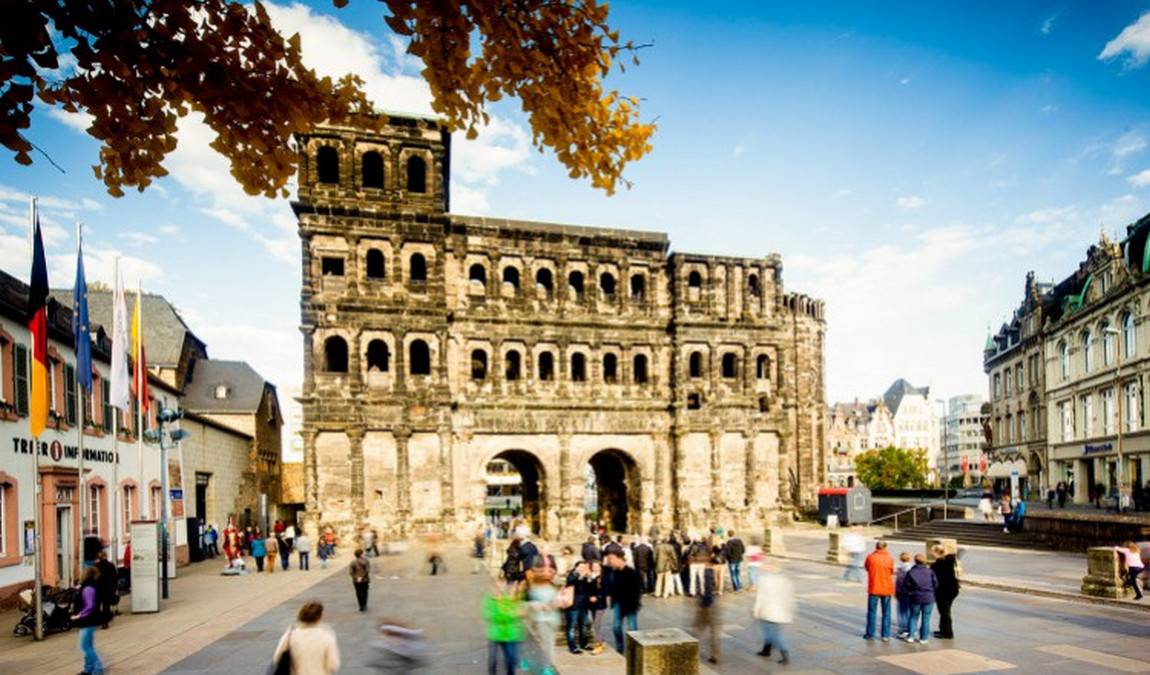 Photo: trier-info.de
Photo: trier-info.de
The Porta Nigra's history is as complex as its architecture:
- Roman Era: Constructed after 170 AD as part of Trier's city defenses
- Middle Ages:
- Abandoned as a gate and partially dismantled for building materials
- Transformed into the church of St. Simeon in 1028
- Greek monk Simeon lived as a hermit in the ruins
- Napoleonic Era:
- Napoleon Bonaparte ordered the restoration to its Roman form in 1804
- Church elements were removed, and the original Roman structure was revealed
This transformation from gate to church and back again reflects the changing tides of European history, making the Porta Nigra a unique witness to over 1800 years of cultural shifts.
Architecture and Design
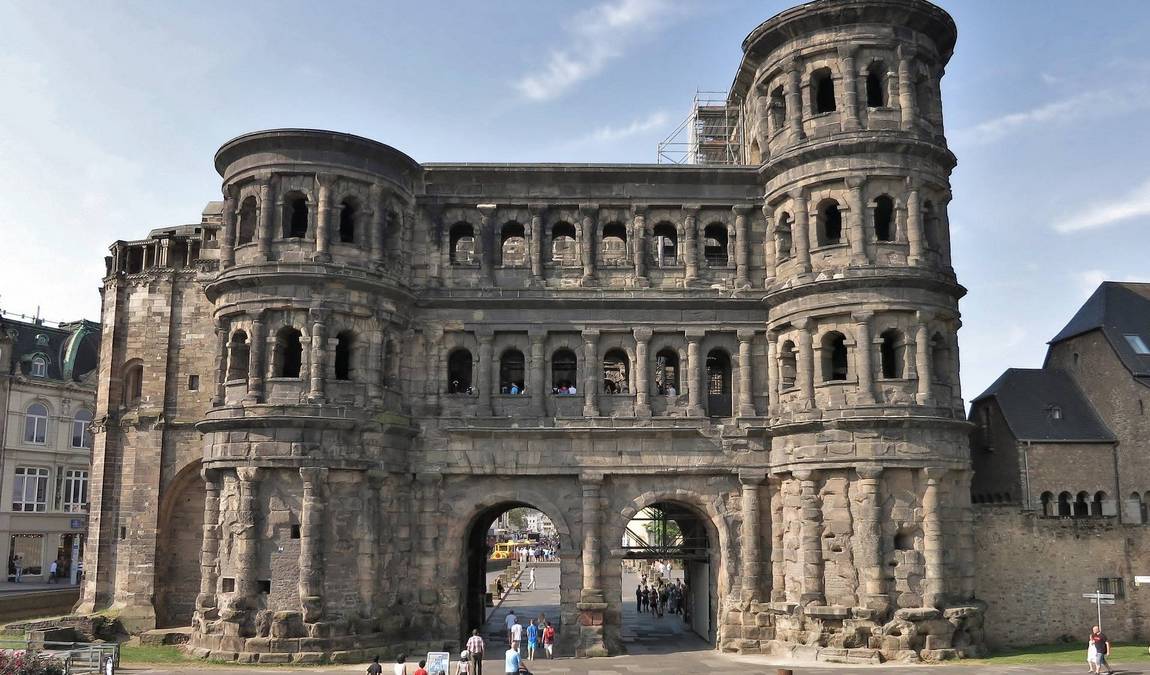 Photo: pixabay.com
Photo: pixabay.com
The Porta Nigra stands as a testament to Roman engineering prowess, its architecture a blend of function and form that has withstood the test of time. Constructed from grey sandstone blocks, the structure has darkened over the centuries, lending it the "black gate" moniker. Its twin four-storied towers define the gate's imposing presence, which projects outward in semicircles, creating a formidable first impression for anyone approaching the city.
At the heart of the Porta Nigra lies a narrow courtyard, cleverly separating two gate openings. This design allowed for enhanced security, giving defenders multiple points from which to control access. Perhaps one of the most intriguing aspects of the gate's construction is its unfinished state, evident in the protruding stones on the northern side. These rough edges offer a unique glimpse into Roman building techniques frozen in time.
The precision of stone assembly throughout the structure speaks volumes about Roman craftsmanship. Each block was meticulously placed, creating a structure that has endured for nearly two millennia. Adding to the Porta Nigra's architectural intrigue are the later additions from its time as a church, including an apse and spire. These medieval elements, though since removed, left their mark on the gate's history and design, creating a fascinating architectural palimpsest that tells the story of Trier's evolving cityscape.
| Feature | Description |
|---|---|
| Height | 29.3 meters |
| Width | 36 meters |
| Depth | 21.5 meters |
The gate's design showcases typical Roman architectural elements while bearing the marks of its unique history.
Porta Nigra's Role in Trier's Defense
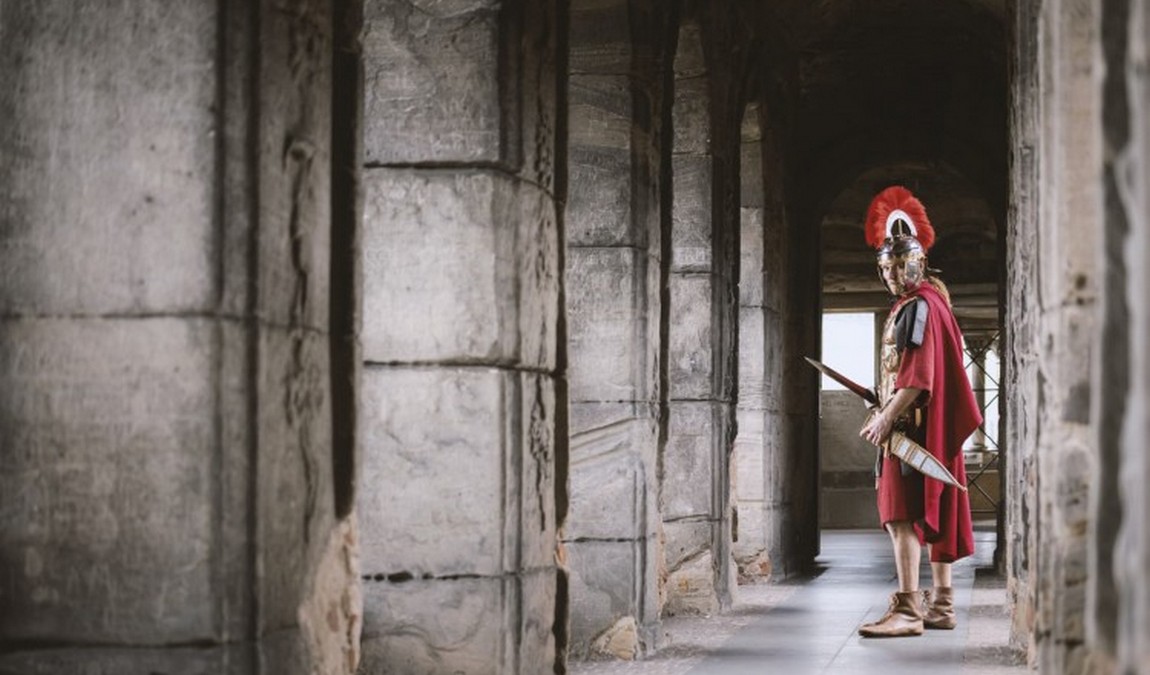 Photo: trier-info.de
Photo: trier-info.de
The Porta Nigra played a pivotal role in Trier's Roman-era defenses, standing as a formidable guardian of the city's northern entrance. As one of four gates in Trier's comprehensive city wall system, it formed part of an extensive defense network that encircled the ancient metropolis. To the east stood the Porta Alba, or White Gate, while the Porta Media protected the southern approach, aptly named the Middle Gate. Completing this quartet of sentinels was the Porta Inclyta, or Famous Gate, which watched over the city's western flank.
Within 400 meters you will find a captivating museum for children and adults, Toy Museum
The Porta Nigra's strategic significance was amplified by its location at the terminus of one of Trier's main thoroughfares. This positioning allowed it to effectively control access to the city from the Kyll Valley, a natural route for trade and potential invasion. As travelers and merchants approached from the north, they would have been greeted by the imposing sight of the Porta Nigra, a clear statement of Roman power and engineering prowess.
In times of peace, the gate served as a bustling entry point, facilitating the flow of goods and people. However, during periods of unrest or threat, it could quickly transform into a chokepoint, allowing defenders to regulate access and repel attackers. The Porta Nigra's dual role as both welcoming entrance and stalwart defender encapsulates the complex nature of life in a Roman frontier city, where commerce and security were inextricably linked.
Best Time to Visit
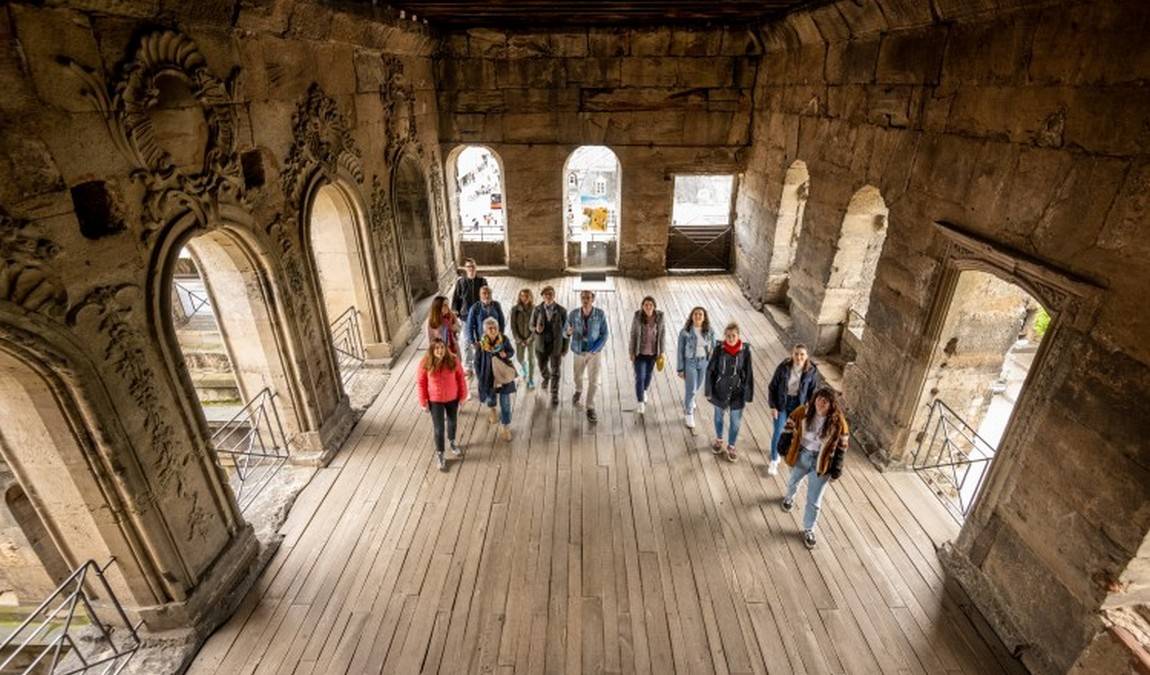 Photo: trier-info.de
Photo: trier-info.de
The best time to visit Porta Nigra with children is during the spring or early autumn when the weather is mild. Weekday mornings tend to be less crowded, offering a more relaxed experience. The gate is open year-round, with extended hours from April to September.
Recommended Duration: A visit typically takes 1-2 hours, allowing time to explore the structure and enjoy the views.
Our Resume
The Porta Nigra offers an unparalleled journey through time, from Roman engineering to medieval piety and Napoleonic vision. Its enduring presence in Trier's landscape makes it a must-visit attraction for history enthusiasts and families. The gate's ability to engage visitors of all ages through its architecture, stories, and views ensures a memorable experience for everyone.


